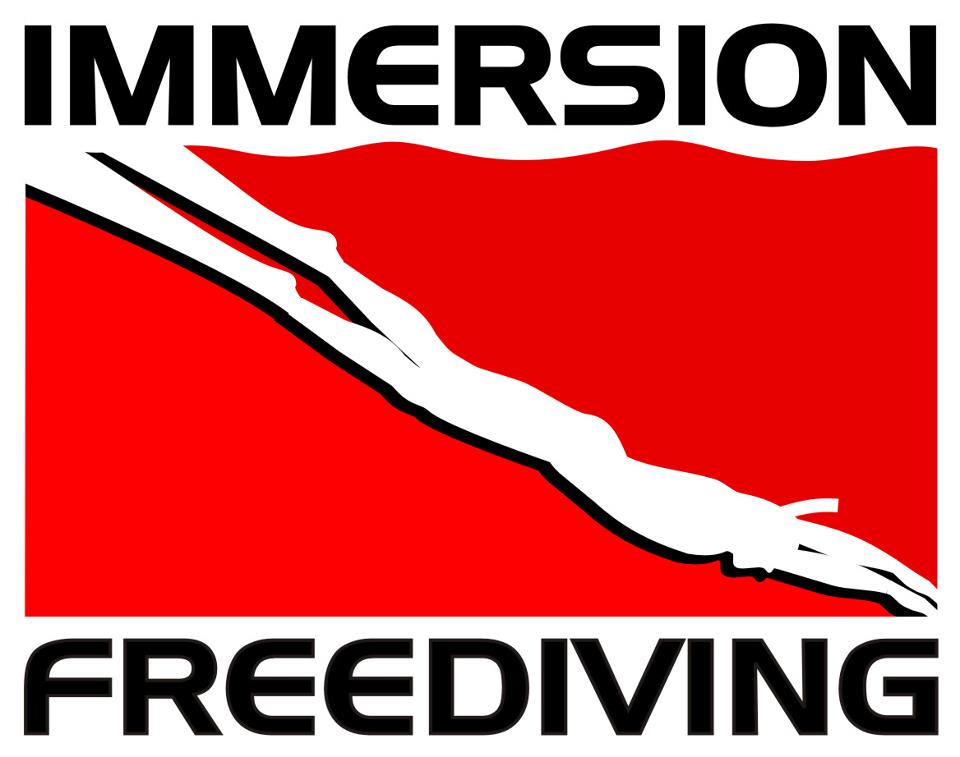Some people are lucky enough to live where they can spearfish year round but this certainly doesn’t apply to most people. Lots of folks have to travel to go spearfishing because their local season is very short like my students from New York.
If you’ve ever been on a 3 day spearfishing trip after a long time out of the water you’ve probably experienced the following. The first day diving is harder than you remember, bottom times are definitely way shorter than you would like, and you don’t have much of that relaxed bottom time which makes you an effective hunter. Day 2 you start to shake the cobwebs off and it starts to come back. On day 3 you feel that you are back in the groove. Day 4 you fly home and think if I only had one more day! In essence one of the biggest reasons your dives are harder than you remember is due to the mammalian dive reflex not being as strong as it is when you are diving more frequently.
Here is one simple exercise you can do 2 -3 times a week for 2 to 3 weeks leading up to a spearfishing trip. Breath hold training will start to get your dive reflex back in working order, and makes those first days more productive. In my opinion this is one of the single most time efficient freediving/breath holding type exercises out there. I’ve seen some breath hold exercises that take an hour! Many of you are probably aware of the breath hold tables. These are exercises where you hold your breath multiple times in a row. As you hold your breath your O2 levels drop and your CO2 levels rise. The amount of time you are allowed to breathe up for and the amount of time you hold your breath for is dictated by the table. O2 tables expose your body to low levels of O2, and CO2 tables expose your body to high levels of CO2. Both types have value.
Toward the end of most CO2 tables you are breathing for only 15 seconds and then holding your breath for 1- 3 minutes. If you only have 15 seconds to get ready for a hard breath hold you will be hyperventilating, breathing in and out fast. This type of breathing will drastically lower you CO2 levels. If the point of a CO2 table is to make you tolerate high levels of CO2 ( which actually is the point) why would you design the table to force you to breath in such a way that lowers your CO2 level?
Here is the way I do CO2 tables. These are what I call One Breath CO2 Tables. I like these because it’s super-fast. All you need is a stop watch and a comfy couch, NOT IN THE POOL. I typically watch T.V during these and am in an upright sitting position. Understand any breath holding exercise comes with a risk of blackout. Take the biggest breath you can and hold it until you feel a contraction. At this point hit your stop watch and continue to hold your breath for 15-30 seconds worth of contractions. The first time you attempt this maybe try 15 seconds of contractions just to see how it feels. After 15 seconds you slowly exhale all the air and then slowly inhale back in and hold your breath again. Only one exhale and only one inhale. The slower you do this the better trust me. Now repeat. Try to do this for 6-8 repetitions. Over time you increase how long you are holding through the contractions. I typically go for 45 seconds. Oh yeah, go to the bathroom before you do this as this is going make you want to go. The exercise is not fun for sure, but its super quick and definitely exposes your body to high levels of CO2, and will get your body used to holding your breath.
Now when you go on your spearfishing trip and you stop breathing your body will say, “ oh yeah he’s been doing this for the past few weeks, I’m actually going to help by lowering the heart rate, compressing the spleen and shunting the blood vessels”. This is one of the many reasons you feel better after the 3rd day of your spearfishing trip. So why not get the bad part out of the way at home sitting on the couch?
Regarding safety, if the spearfihsing community would just make it common practice to be next to your buddy when they surface most of the fatalities in the sport would be eliminated. As long as this is not common practice, there will constantly be easily preventable fatalities scattered throughout the sport. Be close enough to grab your buddy when they surface and consider investing in one of the many freediving courses offered across the USA to learn in detail these lifesaving skills.
Dive safe!
